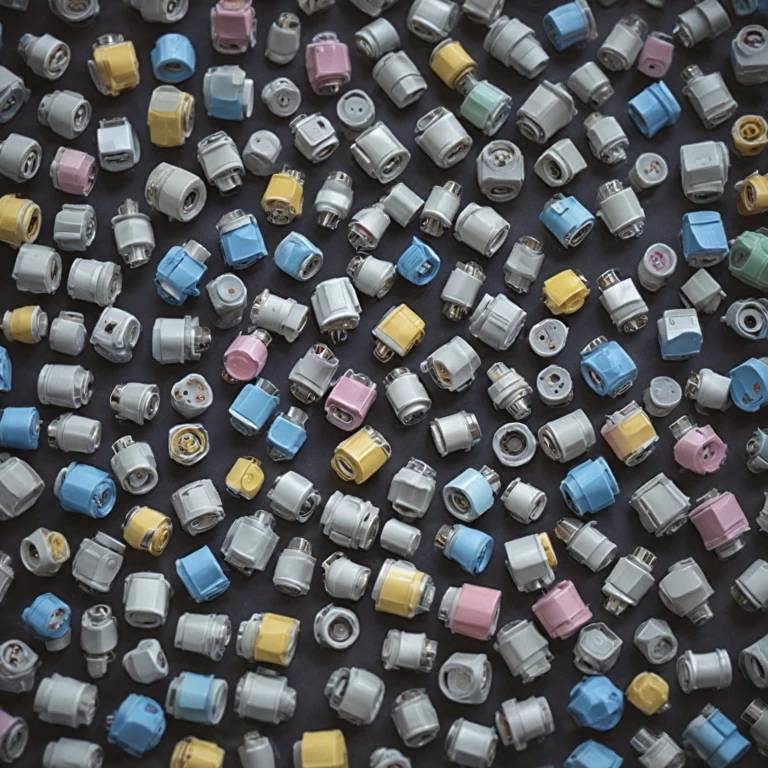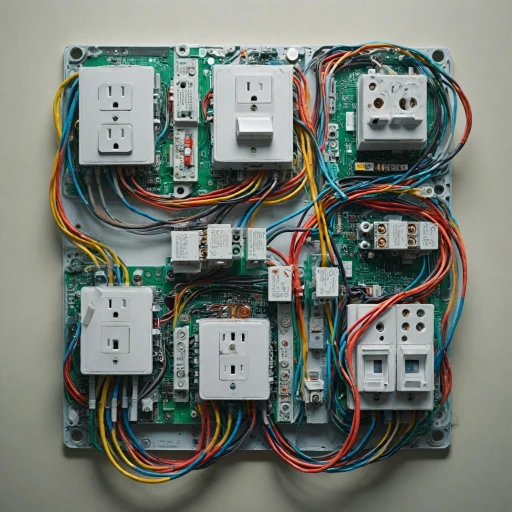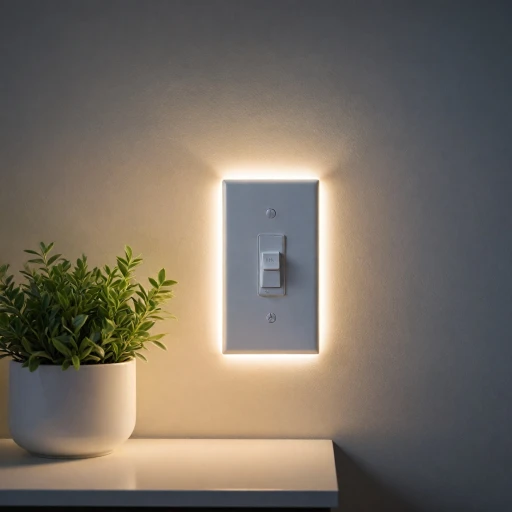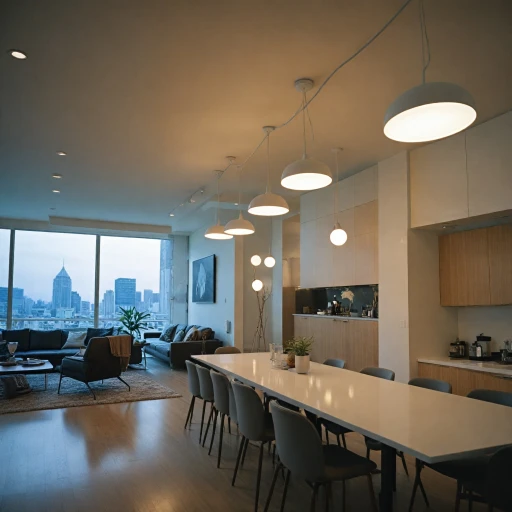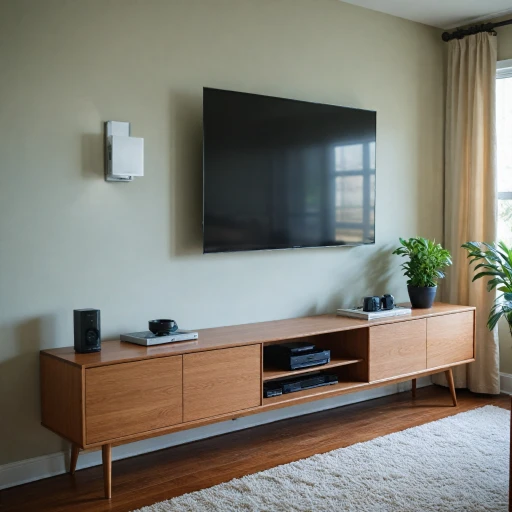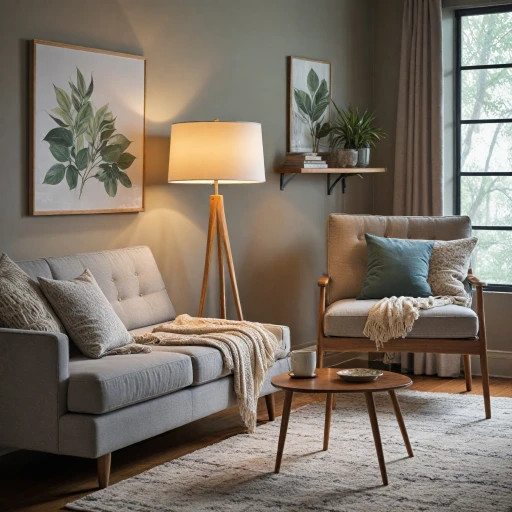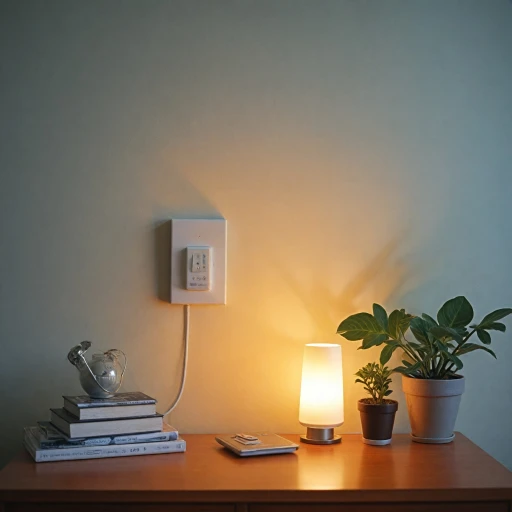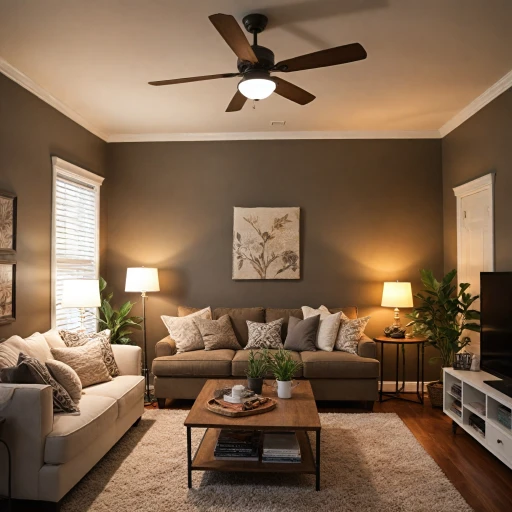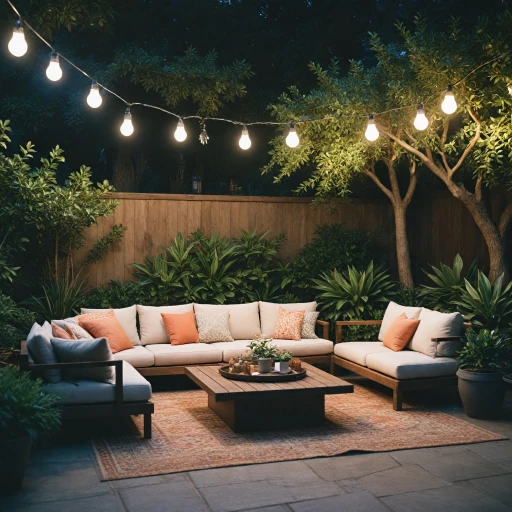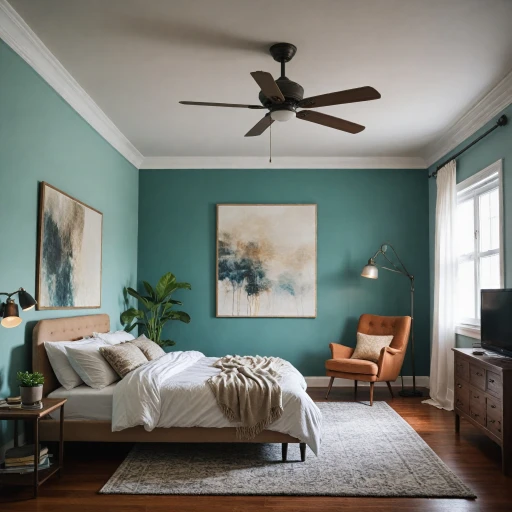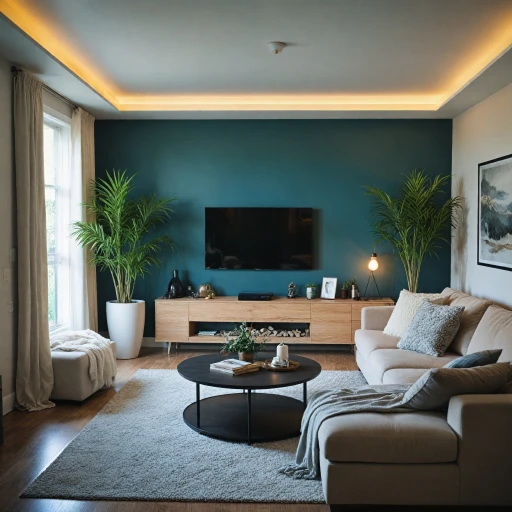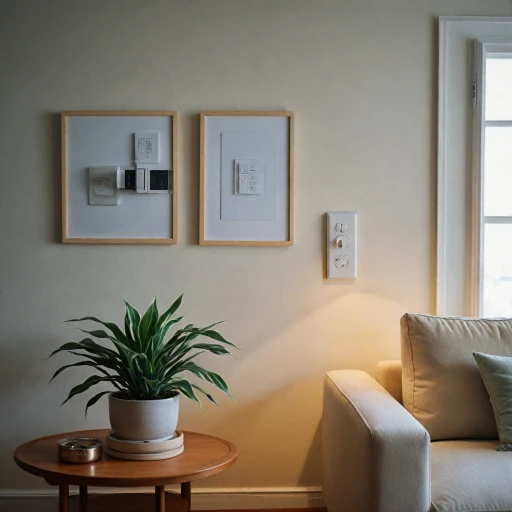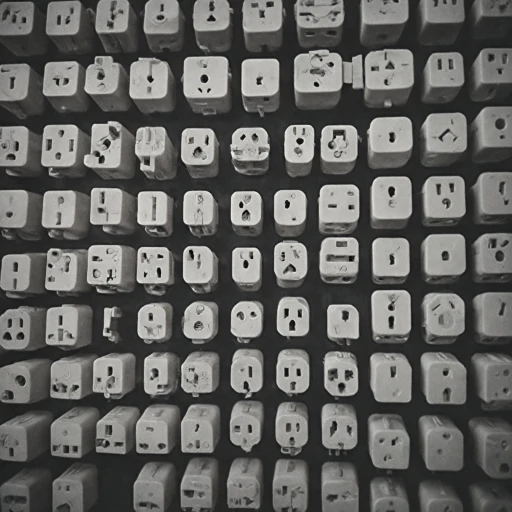
The Role of LED Light Connectors in Smart Lighting
The Crucial Role of LED Light Connectors in Modern Solutions
In the realm of smart lighting, LED light connectors are pivotal in seamlessly integrating various lighting elements to achieve efficient and effective illumination. Whether it's connecting a series of LED strips or ensuring that your RGB strip lights transition smoothly, the role of these connectors cannot be underestimated.
LED light connectors provide a secure and reliable connection between power sources and LED lights, ensuring that the correct amount of energy flows through strip connectors and into the lights. This helps in maintaining the integrity of the strip wire and preventing any potential damage caused by incorrect wiring or overloading, a common challenge addressed in the installation phase.
The market offers an assortment of strip connectors tailored for various types of LED strips like single color, RGB, or even waterproof variants. Choosing the right connector is essential for effective strip lighting, ensuring that the LED strips display accurate colors without flickering or dimming, which can be improved by enhancing your smart home setup.
With advancements in technology, these connectors have become more cost-effective, offering regular and even sale prices that make them accessible to a broader audience. Their versatility in connecting LED strips, strip lights, and other components directly influences energy efficiency and cost savings in the long run.
Types of LED Light Connectors
Exploring Various Connector Options
When it comes to smart lighting, understanding the different types of LED light connectors is crucial. These connectors play a pivotal role in ensuring that your LED strips and lights function seamlessly. Here, we delve into the most common types of connectors available in the market.
- Pin Connectors: These are widely used for connecting LED strips. They come in various configurations, such as 2-pin for single color and 4-pin for RGB strips. Pin connectors are essential for ensuring a stable connection between the strip and the power supply.
- Strip Connectors: Ideal for joining two or more LED strips together, strip connectors are available in different forms, including clip-on and solderless options. These connectors are perfect for extending the length of your light strips without the need for complex wiring.
- Wire Connectors: These connectors are used to connect LED strips to a power source. They often come with a waterproof feature, making them suitable for outdoor installations. Wire connectors ensure that the power supply is efficiently delivered to the LED lights.
- Tape Connectors: These are specifically designed for LED tape lights. They offer a simple and effective way to connect cut sections of LED tape, maintaining the continuity of the lighting without any visible gaps.
Each type of connector has its own advantages and is suited for specific applications. Choosing the right connector not only enhances the functionality of your LED lighting system but also contributes to its overall energy efficiency. For a deeper understanding of how these connectors integrate into smart lighting systems, you can explore this comprehensive guide.
Installation Challenges and Solutions
Challenges and Solutions in Installing LED Light Connectors
Installing LED light connectors can be a challenging task, especially for those who are new to smart lighting solutions. The variety of connectors, from pin-based to strip connectors, can initially seem overwhelming. However, understanding their types and applications can make the process smoother and more efficient. One common challenge is ensuring a secure connection between the LED strips and the power supply. This is crucial for maintaining consistent lighting, whether using single color or RGB strips. Using a reliable strip connector significantly helps in making stable connections, avoiding flickering or intermittent power issues. Waterproof connectors are vital for outdoor installations, as they prevent moisture ingress that can disrupt the circuit. Ensuring the connector is rated for outdoor use can alleviate long-term maintenance concerns and enhance the lifespan of your strips. Another hurdle is cutting and connecting LED strips to fit a particular space or design. When cutting LED tape, it’s important to follow the manufacturer's guidelines to avoid damaging the strip. Utilize connectors designed specifically for connecting cut strips to ensure uniformity in lighting and color distribution. Price also plays a role in selecting connectors. While it's tempting to opt for cheaper options to save on the regular price, investing in higher quality connectors can lead to fewer issues and improved longevity. Sales or bulk discounts can make high-quality options more accessible. For those facing difficulties, consulting resources on smart-light-guru.com can provide valuable insights and solutions, particularly the advantages of a light switch with integrated lighting for a seamless setup. Ensuring proper installation of LED connectors not only enhances the functionality of your lighting but also contributes to achieving energy efficiency and the desired aesthetic outcomes.Enhancing Energy Efficiency with LED Light Connectors
Boosting Efficiency with Better Connections
LED light connectors play an essential role in enhancing energy efficiency for smart lighting systems. The efficient transfer of power from the source to the light strips can reduce overall energy consumption, maximizing the effectiveness of your LED lights. Streamlined connectors, especially those used in LED strips, minimize power loss across connections. A high-quality strip connector ensures minimizing voltage drop, maintaining brightness and intensity across the entire strip length.
Different connector types provide various efficiencies. For instance, solderless connectors allow easy connections without risking the integrity of the wire or increasing resistance. These connectors are particularly useful when installing or rearranging LED strip lights, providing a balance between functionality and preservation of lighting power. Pin connectors, designed for LED tape, are also critical for ensuring stable connections. They facilitate seamless power flow across sections, maintaining both color intensity and energy consumption at optimal levels.
Waterproof connectors are indispensable when it comes to outdoor installations. They protect against moisture, which could otherwise disrupt power supply efficiency. With RGB and strip lights often used in creative setups, waterproof connectors ensure that these lighting designs are both aesthetically pleasing and energy efficient during rain or humidity.
Simply put, when choosing connectors, one should consider the regular and sale price differences as they can impact the overall budget of a project. However, investing in quality connectors and understanding the impact of your choices can lead to long-term savings by enhancing energy efficiency and reducing maintenance needs.
Troubleshooting Common Issues
Common Troubles and Solutions with LED Light Connectors
Dealing with LED light connectors can occasionally be a puzzle, especially when seeking optimal functionality in smart lighting setups. Here are some frequent challenges and strategies for troubleshooting them:- Improper Connections: Sometimes, LED strips, especially RGB and single color types, may not light up or show erratic colors. This could be due to a loose pin connection. Ensuring the strip connector is securely fastened to the strip's tape and wire can often resolve this issue.
- Incorrect Polarity: When connecting LED strips with connectors, pairing incorrect wires is a common mistake. Cross-check the positive and negative wires aligned with the connector's pins to prevent malfunctions.
- Power Supply Issues: If the lighting doesn’t illuminate, your power supply compatibility might be a concern. Check if the LED strip's power specifications match your power source's output to ensure proper functioning.
- Waterproofing Failures: Waterproof strips demand waterproof connectors. Exposure to moisture can lead to disruptions, so ensure that all connectors used in outdoor or damp environments are sealed adequately.
- Color Mismatches: For smooth color transitions in RGB lighting, each LED light or strip connector must accurately align with the color circuit. Inspect connector contacts to ensure precise connections.
